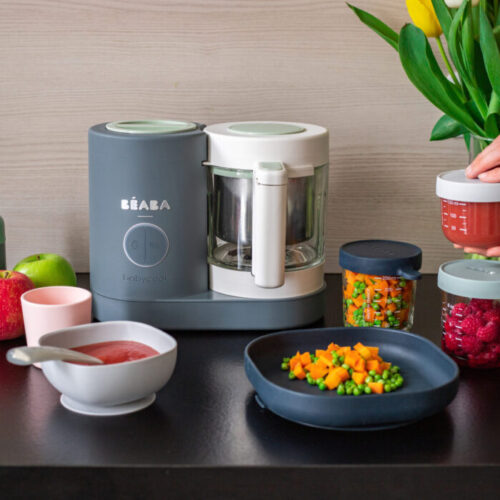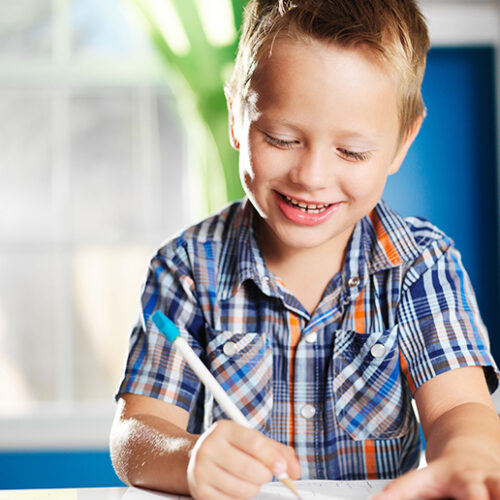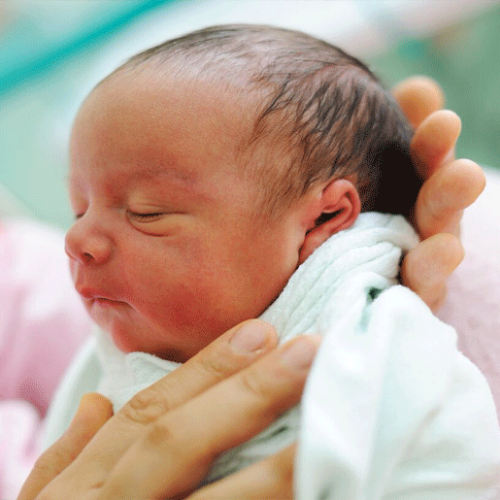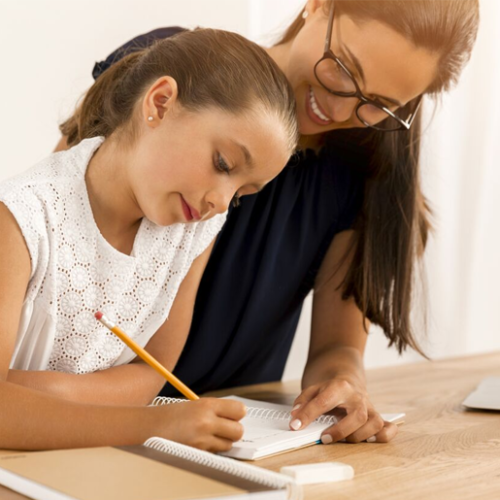How to introduce a new baby to your pet

Welcoming a baby is a big change – not just for you, but for your furry friend too. Here’s how to help the transition go smoothly for everyone.
Bringing a new baby home is one of life’s most exciting moments. Amid the nappy changes, night feeds and tiny yawns, there’s another family member you might be wondering about – your pet. Whether you’ve got a loyal dog, a curious cat or a fluffy companion somewhere in between, introducing them to your newborn takes planning, patience and understanding.
Pets are creatures of habit. A new baby means new smells, sounds and routines, and all of that can feel a little overwhelming – especially if your pet has been used to being the centre of attention. The good news? With a little preparation, you can set the stage for a loving, respectful bond between your child and their furry sibling that lasts a lifetime.
Start preparing early
If you’re expecting, it’s a good idea to begin preparing your pet well before your due date. Gradually adjusting their routines can help ease the shock of sudden change.
Adjust attention levels
In the weeks leading up to the baby’s arrival, consider slightly reducing the amount of time you spend doting on your pet – not to be unkind, but to help them adjust to not being the sole focus. Try to vary the timing of walks, meals and cuddles so they don’t become too dependent on a fixed routine.
Baby sounds and smells
Play recordings of baby cries or coos so your pet can get used to the noise and introduce them to baby lotion or wipes to familiarise their senses. This can help reduce the surprise factor later on.
Brush up on training
Basic commands like “sit”, “stay” or “leave it” are more important than ever with a baby around. If your pet needs a refresher course, now’s the time to do it – ideally with plenty of positive reinforcement and rewards.
The first introduction
When the big moment arrives and you bring your baby home, your pet will likely be excited, curious or even a little wary. How you handle that first meeting is key.
Stay calm and relaxed
Animals often take emotional cues from their humans. So, if you’re tense, they’ll sense it. Therefore, try to remain calm and upbeat, and speak in a soft, reassuring tone.
Scent first
Before allowing your pet to meet the baby, let them sniff an item of the baby’s clothing or blanket. This gives them a chance to get used to the scent in a non-threatening way.
Take it slow
Hold your baby securely and allow your pet to approach you both at their own pace. However, don’t force interaction. Rather, allow gentle sniffing and reward good behaviour with treats and praise.
Always supervise
Even the most well-behaved pets should never be left alone with a newborn. Your pet may not understand how delicate a baby is and accidents can happen in an instant.
Maintaining harmony
Once the introductions are out of the way, it’s all about keeping the peace and reinforcing a positive relationship between your baby and pet as your household adjusts to its new normal.
Stick to routines
Life with a baby is unpredictable, but try to maintain some consistency in your pet’s feeding, walking or playtime routines. Predictability really helps pets feel secure.
Positive reinforcement
Reward your pet for good behaviour around the baby – calmness, gentle curiosity or ignoring the baby altogether are all wins. Lots of praise and treats go a long way in helping them form positive associations.
Involve your pet
Rather than pushing them out, try to involve your pet in the new family dynamic. Let them sit nearby during feeding time, include them in walks with the stroller or give them attention while the baby naps. It reminds them they’re still an important part of the family.
Managing jealousy
It’s completely normal for pets to experience a range of emotions during this time, including jealousy, anxiety or clinginess. Here are some ways to support them through it.
Don’t punish, redirect
If your pet misbehaves (chewing a baby toy or jumping up), avoid scolding. Instead, gently redirect them and offer an alternative. Consistent, kind correction is far more effective than punishment.
Provide safe spaces
Make sure your pet has a quiet, cosy space they can retreat to if things get too noisy or chaotic. Whether it’s a crate, bed or a favourite corner, pets need downtime too.
Watch for stress
Changes in appetite, grooming habits or toileting can be signs your pet is feeling overwhelmed. If you’re worried, don’t hesitate to chat with your vet for support or advice.
Building the bond
As your baby grows, your pet can become a trusted friend, playmate and even a protector – but their relationship will need gentle nurturing.
Teach respect early
As soon as your child is old enough to interact with your pet, begin teaching them how to be kind and gentle. No tail pulling, ear poking or chasing – and always supervise.
Be the example
Children learn by watching. If they see you speaking softly to the pet, using gentle hands and showing respect, they’ll follow suit.
Celebrate the bond
Capture photos, tell stories and cherish the moments when your child and pet connect – a head rested on a furry belly, a shared sunbeam on the floor or a giggle at a wagging tail. These are the memories that make growing up with a pet so special.
Welcoming a baby is a big adjustment, and it’s perfectly natural for your pet to need some time to adapt. But with patience, love and a little forward planning, your pet and baby can learn to coexist happily – and eventually, thrive together.
You’re building the foundation for a bond that could bring joy and comfort to both your child and your pet for years to come. And in the end, what’s better than watching your little one grow up with their very first best friend by their side?
Image Credit: ShutterStock











Comments